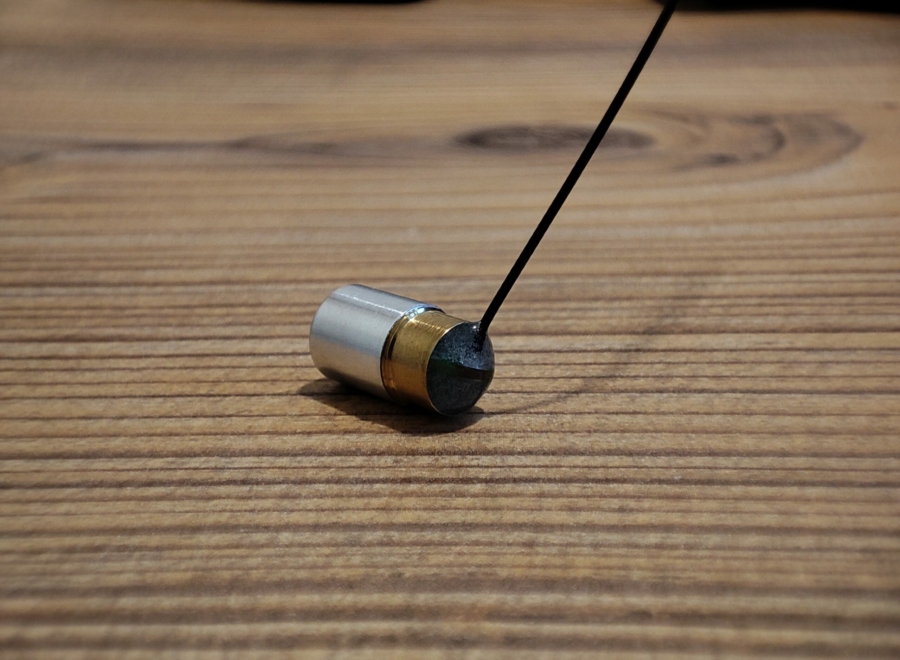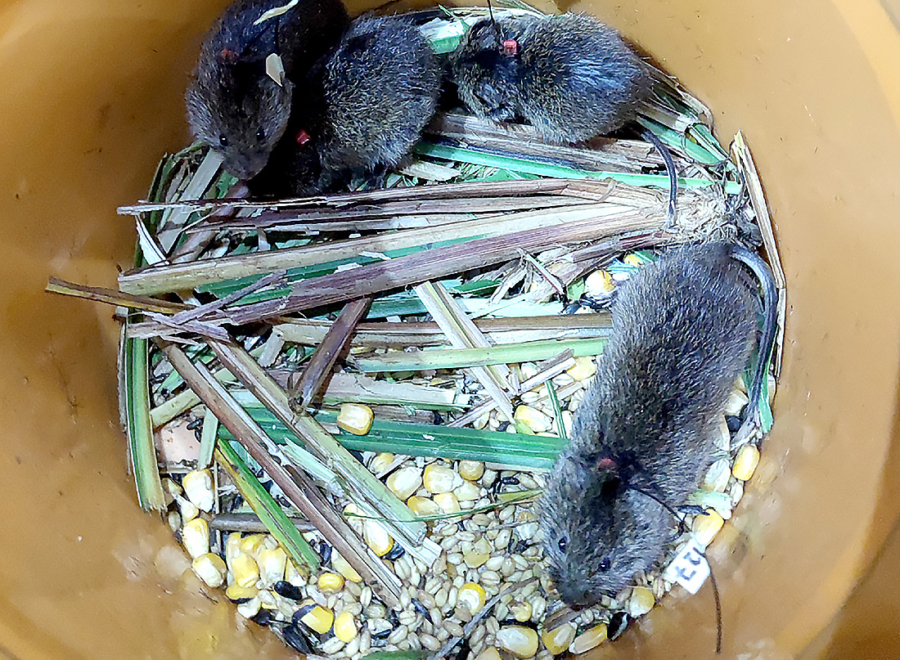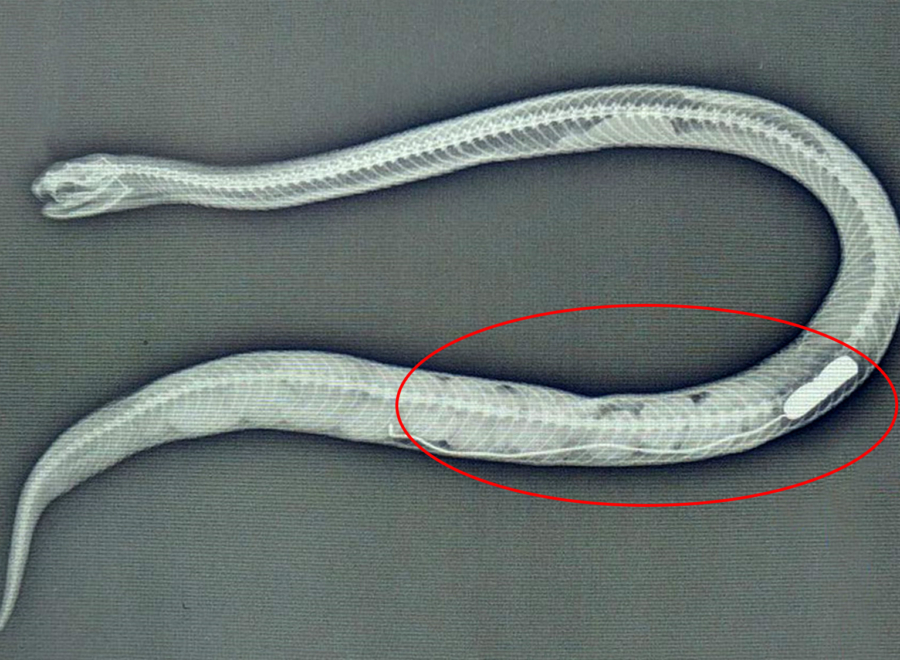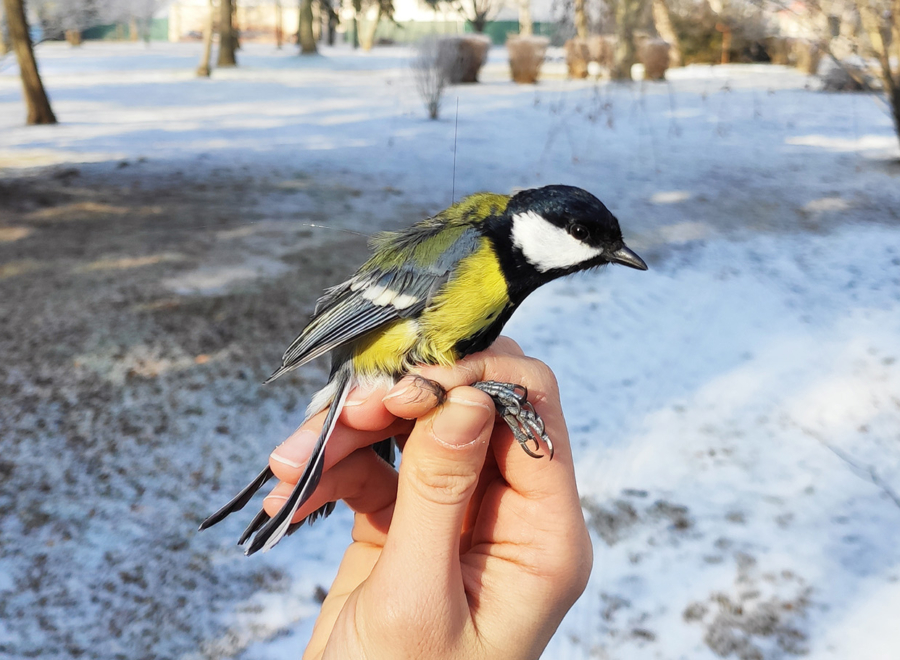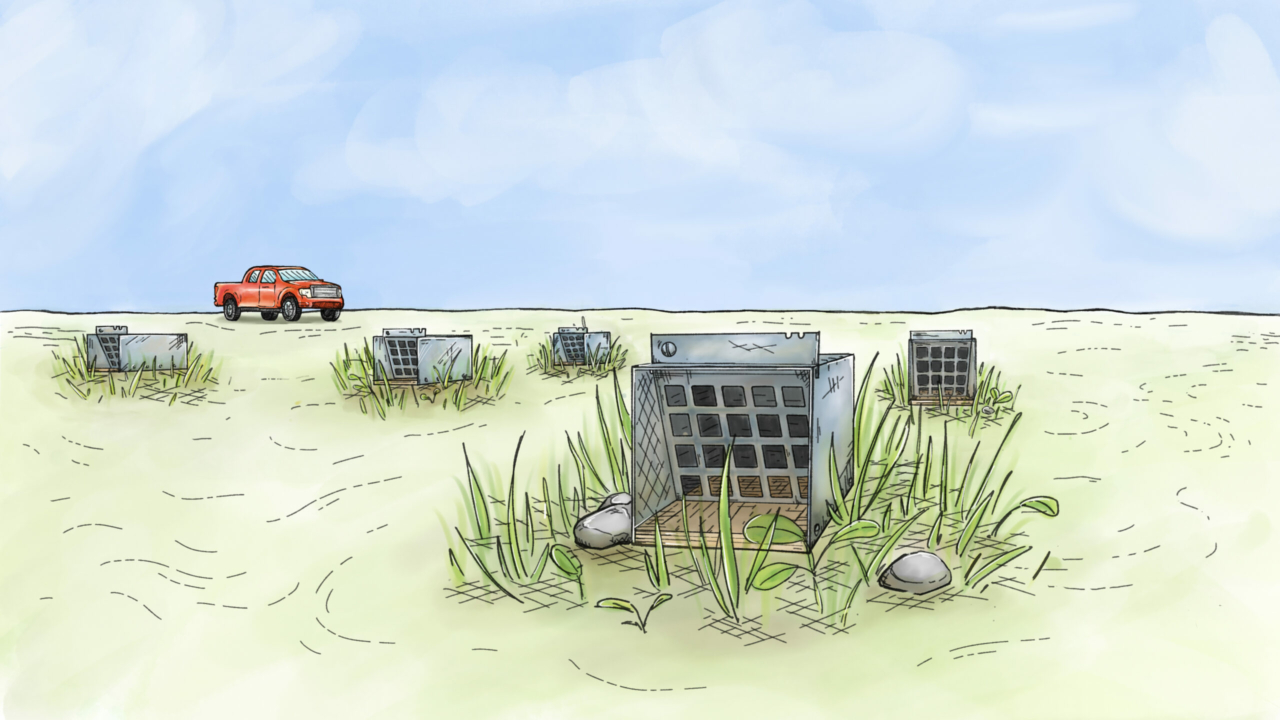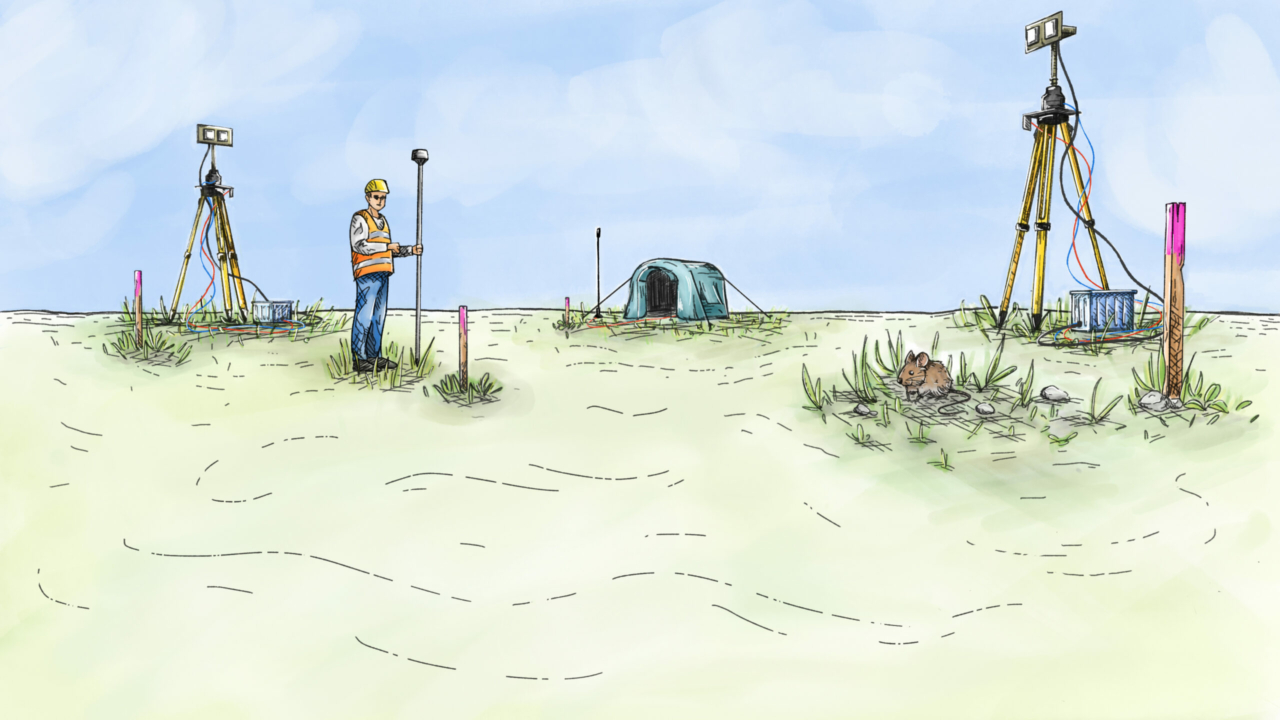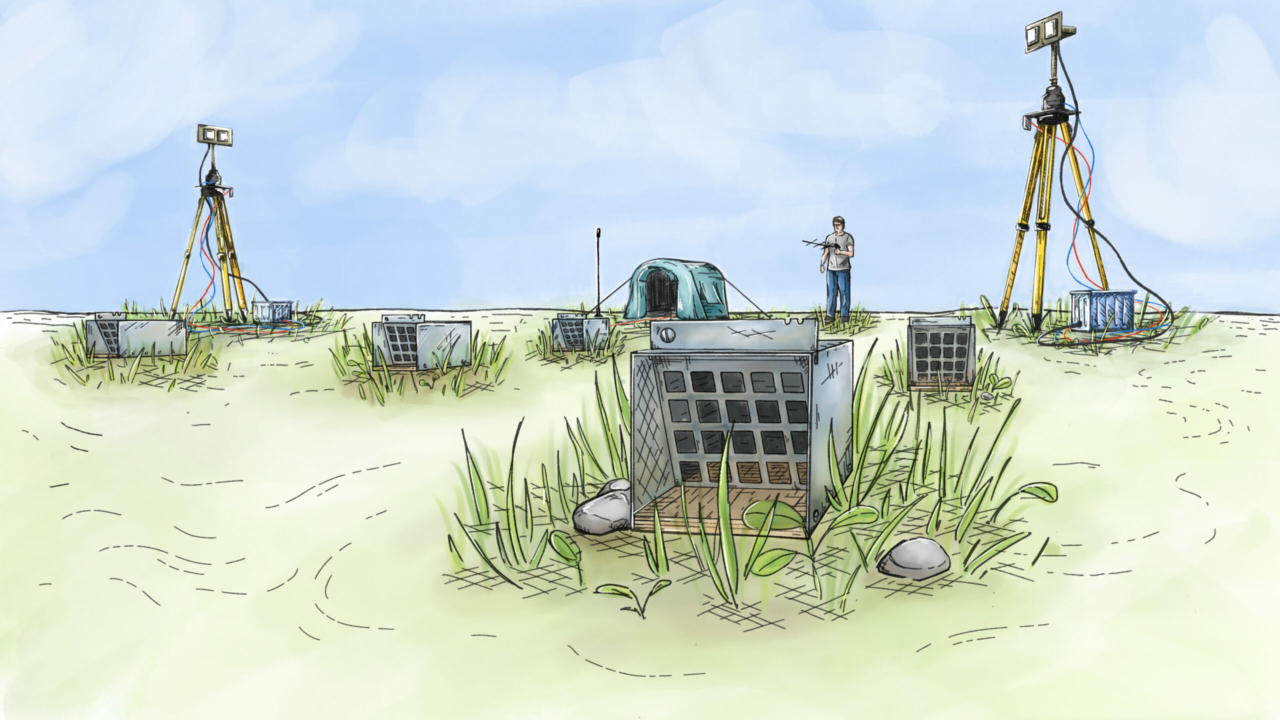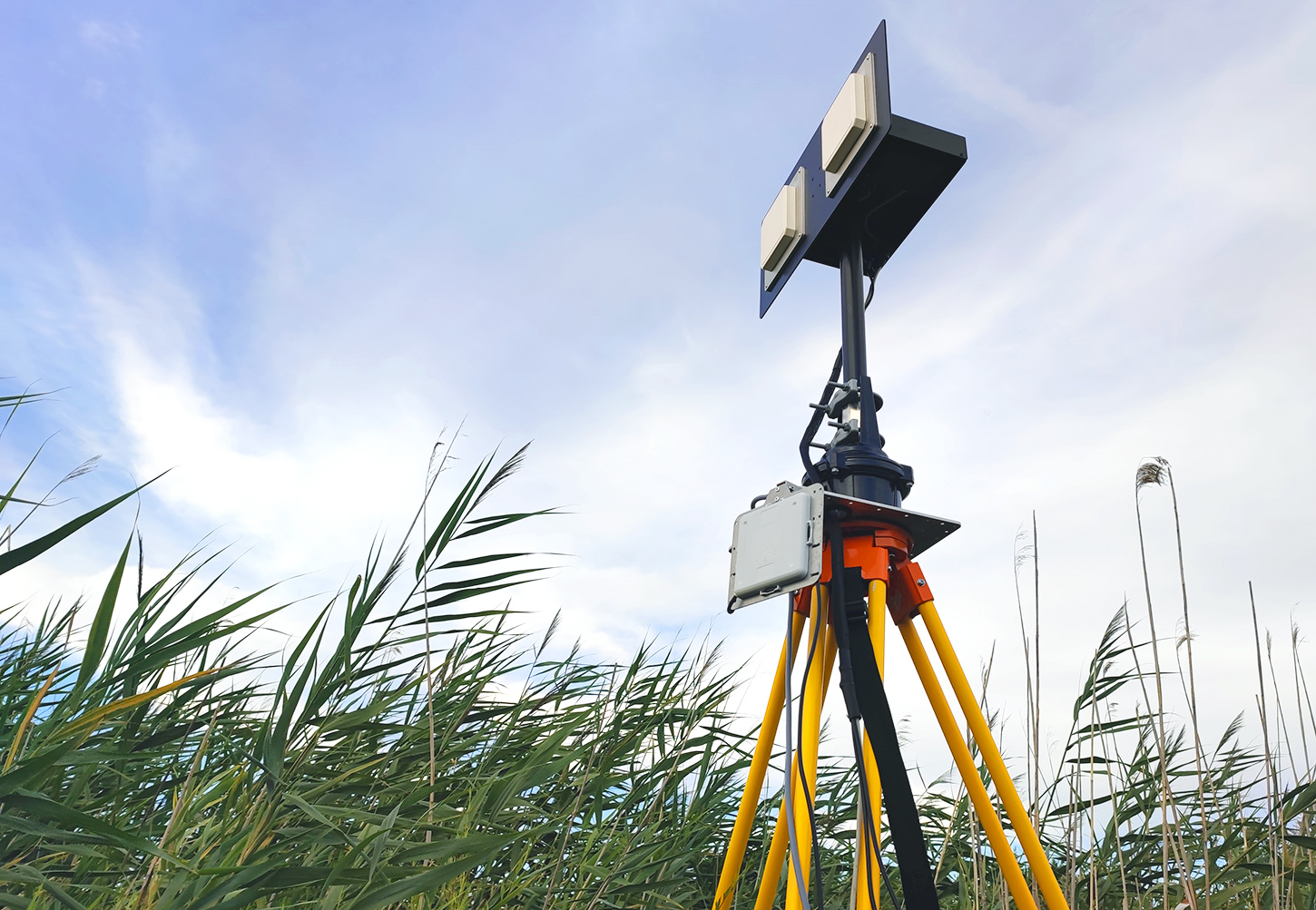
Features of the Automated Radio Telemetry System
We have developed an innovative automated wildlife radio telemetry system that combines established radio-based direction measuring techniques with new innovations.
This system is designed for studying small animals, such as small mammals, reptiles, certain insect-, and bird species, etc. with small to medium home range. Under these conditions the system achieves higher accuracy than any other solution such as GPS animal trackers.
The system is built with the purpose of measuring positions with high frequency and accuracy. Based on previous research projects, it can have an average deviation of 0.25 degrees, or under 1 meter at 150 meters.
The research area should be optimally between 0.2 and 1000 hectares and the active measurement process can be fully automated by utilizing the central controller and data processing software. The system can be set up quickly, even within just a few hours. However, by constructing additional infrastructure, the wildlife radio telemetry system can be set up for years of autonomous operation, allowing remote access to measurement results.
Radio Transmitters / Radio Tags for Animal Tracking
The system is compatible with transmitters that can weigh as little as 0.2 grams.
Enables the simultaneous monitoring of 10s of transmitters.
+10 dBm effective radiated power (ERP) compared to most alternatives which are between -40 and -20 dBm. This means at least 1000 times more ERP.
The transmitters operate in the 868 MHz ISM band, meaning that the optimal antenna length is short, only 80-120 mm.
We have developed transmitters which can be implanted into the body cavity of animals.
The radio transmitters can be powered by replaceable batteries, or they can be disposable.
The transmitters can measure environmental and physiological quantities, such as temperature, light, and humidity, and transmit this data to the receivers.
Handheld Wildlife Radio Telemetry Receivers
Our handheld receiver has full interoperability with the automated system.
The receivers are used in combination with Android based smartphones. This enables complex configuration options and various ways of displaying the signals.
All measurements are written into log files for data postprocessing.
When used alongside the automated system, the handheld receivers can help with recovering the transmitters after the research period.
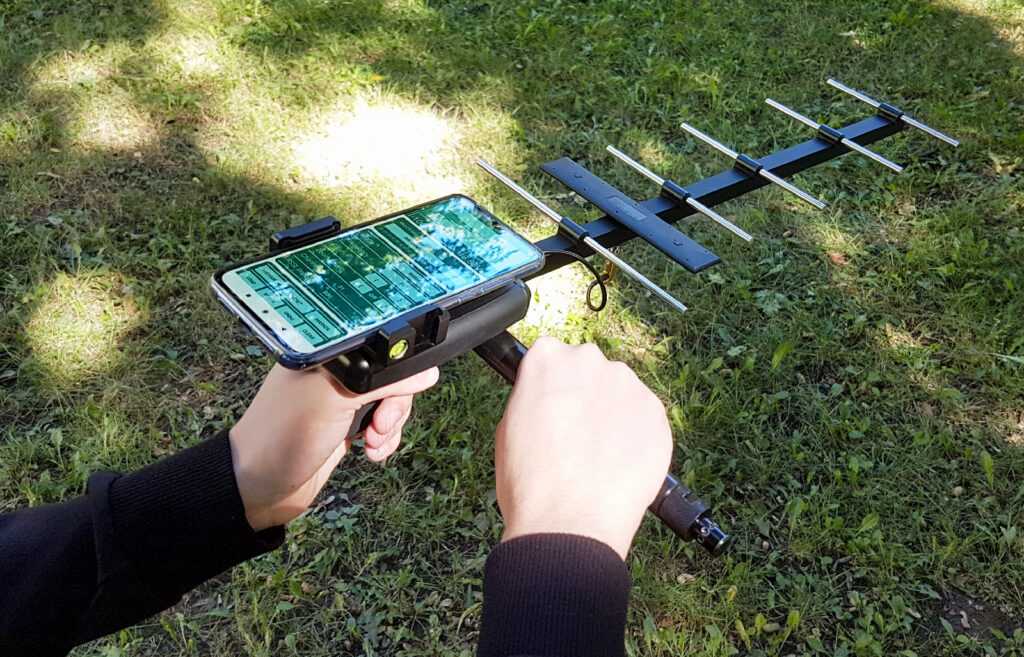
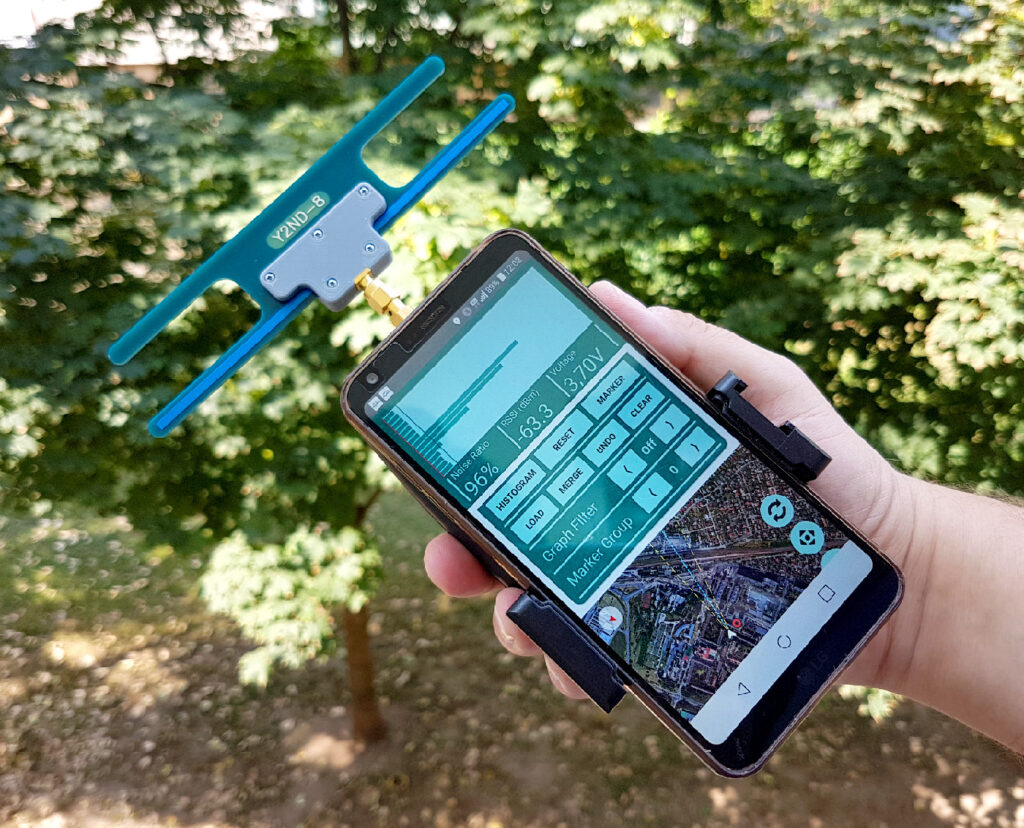
Controller and Data Logger Software
The controller and data logger software enables the real-time monitoring of the animals.
All measured data are logged into files for postprocessing.
The automation of the measurements is configured via a proprietary scripting language, using which any kind of scheduling can be programmed into the system. The software recognizes these scripts and executes them.
Various charts and real-time visualizations ensure that the users can monitor the animals and the system according to their needs.
A separate postprocessing software can be used to evalute the measurements with high accuracy.
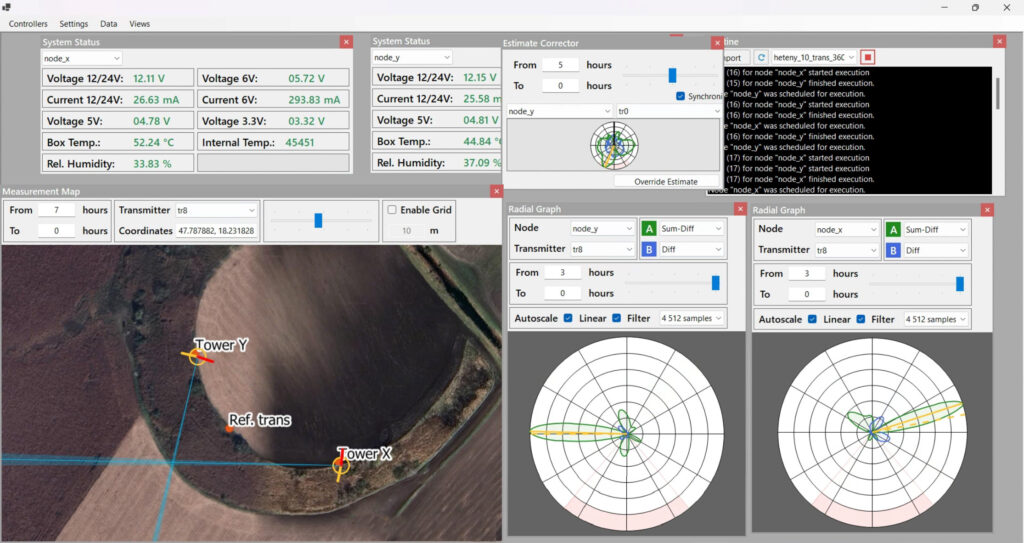
Using the Automated Radio Telemetry System
The following illustrations show the process of using the system during a short term (1 day to a few weeks) field study.
- First, the researchers should try to capture the animals using live traps. If succeeded, they can proceed to the next step.
- Next is setting up the system, which consists of placing and turning on the receiver towers and central control unit at suitable locations. (The central control unit can be placed inside a tent, car or nearby house.) Finally, with the help of an RTK GPS, the coordinates of the towers and some calibration points need to be measured, which will later be used for further improving the system’s accuracy.
- Once the system is set up, the animals that have transmitters attached to them need to be released, and the automated tracking system can be turned on. The system will operate autonomously until the conclusion of the field study. While the system is active, the current status of the animals and devices can be monitored through the controller software.
- After the field study has concluded, the animals should be recaptured in order to remove the transmitters from them. Handheld receivers can be used to aid this process.
Achievements
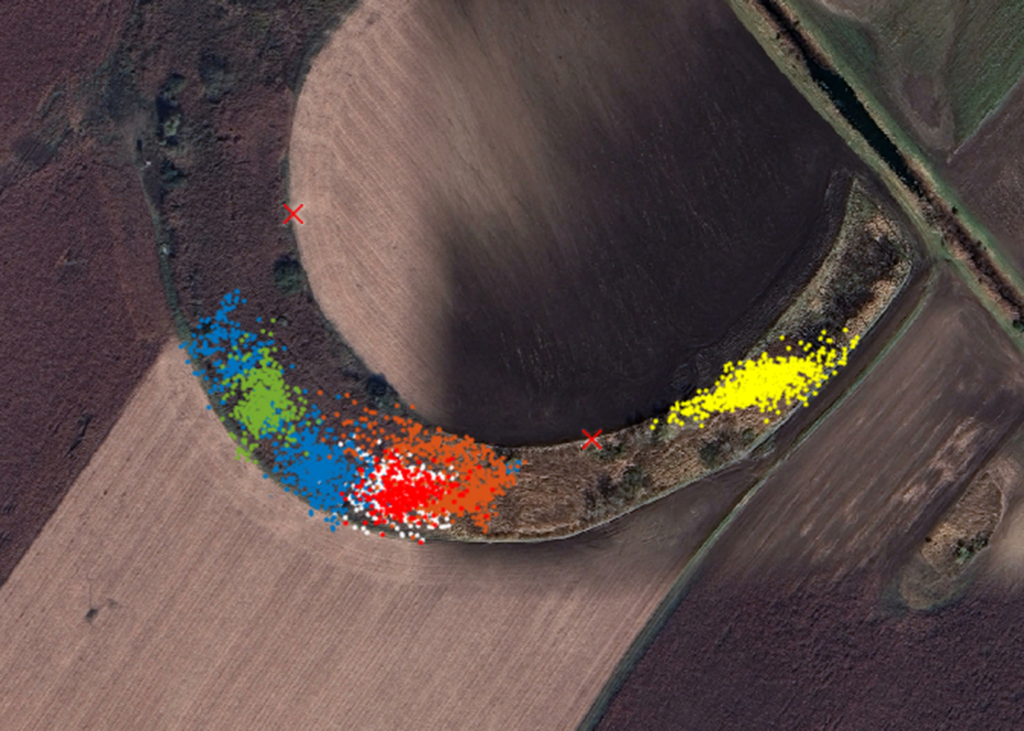
Contact Us
If you are interested in our radio telemetry system and have any questions regarding it, please feel free to reach out to us via e-mail at wohlfart@telemetry.hu or via our contact page.
About
With over 25 years of experience in radio telemetry and wildlife radio tracking, we have participated in several biological research project throughout the past couple decades. If you wish to learn more about our prior work and experience, please visit the following link to learn more. (Page currently untranslated.)
